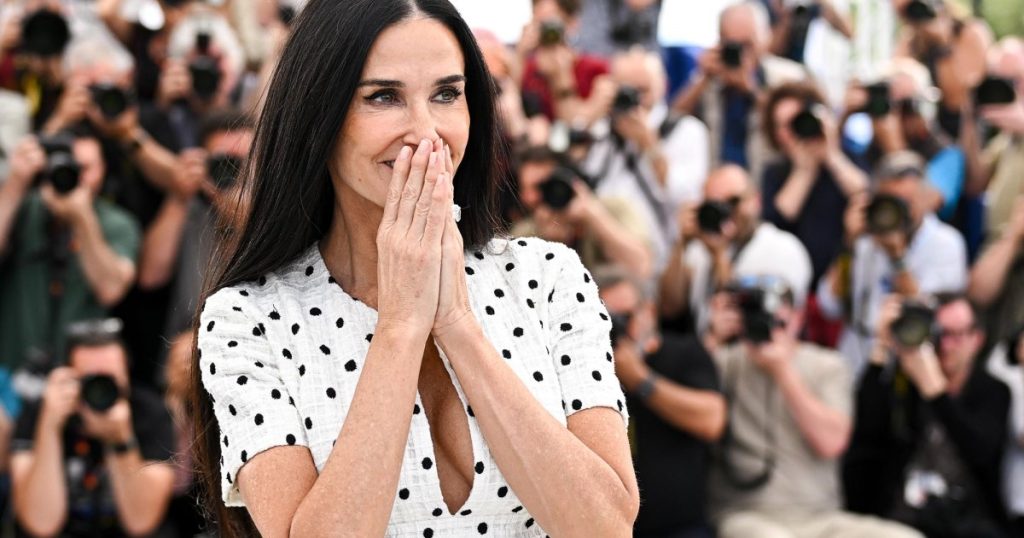The tradition of the standing ovation at the Cannes Film Festival has mixed reactions among filmmakers, critics, and industry executives. While some view it as a valuable barometer of how films are perceived, others believe it reduces a movie to a single data point. The process of recording standing ovations varies, with different critics and industry professionals using different rules to determine the length of applause. Filmmakers and actors can also influence the duration of their applause, with some encouraging the crowd to keep applauding.
While long standing ovations were once reserved for highly anticipated films, the practice is becoming more common. Films like Guillermo del Toro’s Pan’s Labyrinth and Coralie Fargeat’s The Substance have received record-breaking ovations. Some creative individuals find value in the emotional response that a long standing ovation signifies. For Selena Gomez, the 11-minute applause for her film Emilia Pérez brought her to tears, while writer and producer David Kajganich believes standing ovations reflect the audience’s excitement for the people behind the film.
The length of standing ovations at the Cannes Film Festival can vary, with some films receiving applause for up to 13 minutes. The films ‘The Substance,’ ‘Emilia Pérez,’ ‘Horizon: An American Saga,’ ‘The Apprentice,’ ‘Megalopolis,’ ‘Bird,’ ‘Furiosa: A Mad Max Saga,’ ‘Kinds of Kindness,’ and ‘The Surfer’ all received notable standing ovations. The applause is often a celebration of the filmmakers, actors, and creative talents involved in the production of the film, as well as the emotional impact it had on the audience.
The standing ovation is seen as a way for the audience to show their appreciation for the film and the people involved in its creation. While the length of the applause may vary, it is often a reflection of the impact that the film had on the audience and their excitement for the filmmakers. While some may criticize the tradition of standing ovations, others see it as a valuable validation of the emotional response that a film can evoke in its audience.
Ultimately, the standing ovation at the Cannes Film Festival is a complex tradition that evokes a variety of reactions from filmmakers, critics, and audience members. While some may see it as a superficial measure of a film’s success, others view it as a meaningful affirmation of the emotional connection between the film and its audience. As the tradition continues to evolve, it remains a significant and memorable aspect of the film industry’s most prestigious festival.













